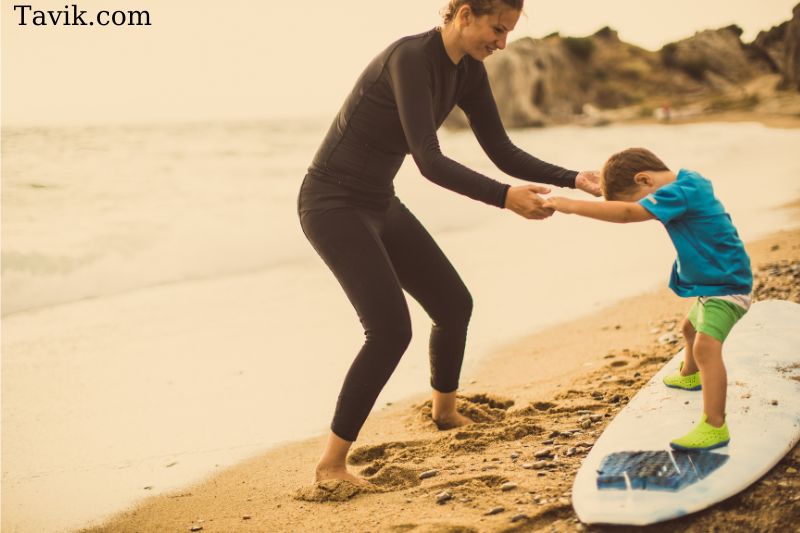Here are a few tips on how to use a pull buoy effectively. A pull buoy is a swimming training aid that helps swimmers maintain a proper body position in the water. It is a foam float placed between the legs and provides buoyancy to keep the legs afloat while the swimmer focuses on using their arms to pull themselves through the water.
What Is a Pull Buoy?
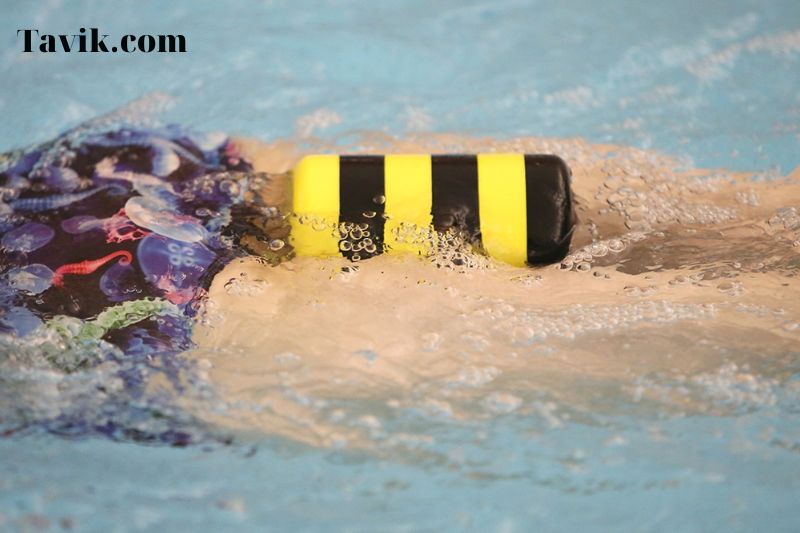 A foam pull buoy, similar to a kickboard, helps you strengthen your upper body. The foam pull buoy is a figure-eight-shaped piece placed between your legs. It adds buoyancy and support to your lower body. This buoyancy allows you not to kick as hard and prevents your legs and hips from sinking. You don't need to worry about kicks, so you can concentrate on your arms and propelling yourself through the water. This is an excellent workout for your upper body and helps you build strength and endurance.
A foam pull buoy, similar to a kickboard, helps you strengthen your upper body. The foam pull buoy is a figure-eight-shaped piece placed between your legs. It adds buoyancy and support to your lower body. This buoyancy allows you not to kick as hard and prevents your legs and hips from sinking. You don't need to worry about kicks, so you can concentrate on your arms and propelling yourself through the water. This is an excellent workout for your upper body and helps you build strength and endurance.
The Benefits of Training with a Pull Buoy
If used with care and intent, pulling your best pull buoy can be an effective tool to improve your swimming skills and make your swims more enjoyable. These arguments can make it easy to support its use.
1. Teaches you proper body position.
A water surface is a perfect place for fast swimmers. Their hips are high, and they glide through the pool. This gives them a slim profile. Drag is when a swimmer's legs drop. The pull buoy benefits us with a better body position by keeping our feet and butts dry. This is because we feel better about our body posture and can then transfer that to regular swimming. This is how efficient swimming should feel.
2. Target your upper body exclusively.
You can use a pull buoy to isolate your arms, shoulders, and back for various reasons. Next!
3. It is less taxing than swimming.
The water demands a lot from our legs. Flutter kicking is only a fraction of the actual propulsion. However, it can contribute to swimming speed in other ways. However, this contribution comes with a price: our legs are extremely oxygen-hungry and can make us feel tired quickly. The pull buoy training allows us more time to train, which can help us develop greater upper body fitness.
4. It can help you focus on better techniques.
Swimming faster requires equal parts efficiency and conditioning (i.e., awesome technique!). Concentrating on the high elbow catch and balanced arm stroke is much easier when you use pull buoy workouts. You can focus all of your mental energy on improving your pulling technique by focusing only upstairs.
5. Work on arm mechanics independent of your legs.
Swimming has a terrible kick for some swimmers. The only way to improve their arm stroke is by using a pull buoy that isolates the movement. This allows swimmers to feel as though they can move through the water with a better kick, leg, and hip position.
6. It is helpful with breath control work (and even improving your walls).
Lung-buster sets were always possible in long-course swim classes. When pulling, coaches would often write down breathing patterns between 5- and 9. These are fantastic for teaching us how to maintain our breath. Additionally, I have found that pull sets are more effective for flip turns because you don't need to be so out of breath or scrambling for air between flags and walls. As a result, you can swim in and around the wall without breathing, resulting in faster turns and breakouts. https://www.youtube.com/watch?v=zHGI0gBzH8I
7. Combined with paddles, a band can be a heckuva workout for your arms.
Although swimming with a pull buoy may seem easier, adding a pair of hand paddles to the mix and a band can make it more difficult. Particularly, the band will increase things. You can get serious about your upper body strength and power by removing the pull buoy and sticking to the band around the ankles. It's great for stroke rate, power, awesomeness, etc.
8. Good for improving the feel of the water.
The debate has been about the quality versus quantity of training pull float in competitive swimming. I am somewhere in the middle. Larger yardage sessions are beneficial because they help you feel more comfortable in the water. Although long pull sets aren't for everyone, it is something I enjoy as a sprinter. After doing long pull sets, my stroke feels more refined. Pull sets are generally longer than regular swimming, so you spend more time on your arm stroke and less time improving your relationship with the water. Alexander Popov, a Russian sprint legend, was able to swim long, uninterrupted swims in practice. It wasn't aerobic work. Instead, the goal was to play with his stroke and find what was most efficient.
The Pull Buoy: Foe at Large
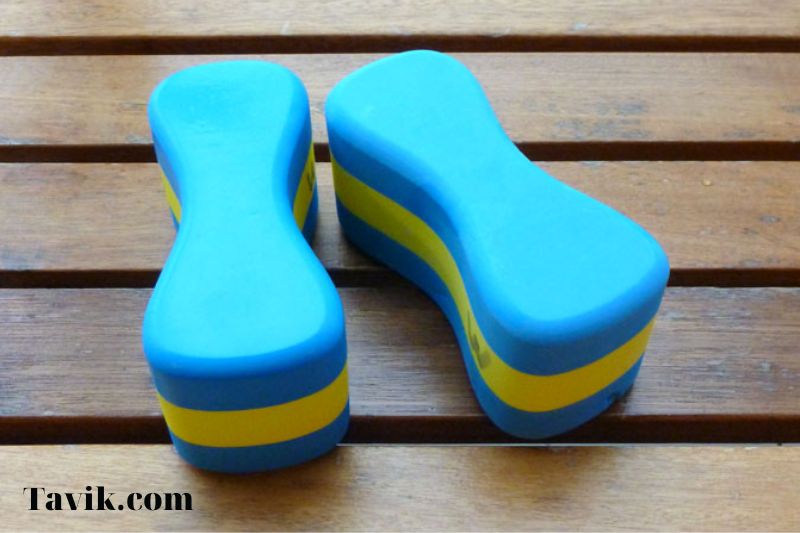 There is always the danger of using a piece of gear as a crutch or tool. Swimmers who reach for the pull buoy to skip doing proper swimming or kick work are almost certain to have the former. Leaning on the pull buoy helps us avoid some of the most critical aspects of swimming. This includes incorrect stroke technique and using the entire kinetic chain. These are some of the downsides to using a pull buoy:
There is always the danger of using a piece of gear as a crutch or tool. Swimmers who reach for the pull buoy to skip doing proper swimming or kick work are almost certain to have the former. Leaning on the pull buoy helps us avoid some of the most critical aspects of swimming. This includes incorrect stroke technique and using the entire kinetic chain. These are some of the downsides to using a pull buoy:
1. Limited hip rotation.
Your arms and shoulders are not the only power sources in your arm stroke. A lot of it comes from your hips. Your stroke length will be slightly reduced by placing a pull buoy between your legs. Maintaining proper hip rotation when rocking out with your pull buoy is difficult. Although the difference may not be immediately obvious, it is there. Throughout 50m, your stroke count will increase by a few strokes.
2. It Makes us reliant on it for the proper hip position.
The pull buoy might have a resistance effect on our hips, making proper hip positioning more straightforward once it is taken off. But it doesn't. The pull buoy gives our hips an artificial lift, but they sink to the bottom once we take them off. Although it may give the impression that we should swim, having our hips up might not be true when we start to swim again.
3. Breaks the kinetic chain.
Because their entire body works together, efficient swimmers can fly through the water. Every part of propulsion is created by everything, from their fingertips to their head, hip rotation to the whipping motions of their toes, and their head position to their hip rotation. We can isolate certain system parts, in this case with a pull buoy. This is called "strengthening." It's less time than we spend and more efficient for the whole system.
4. Less work on your core.
Unlike its land-based counterparts, Swimming relies on its core strength to ensure stability. It serves as a platform for swimming and a conduit—the core-the power-broker of our swimming-is what happens when we place a slippery pull buoy between the legs. The folks over at AquaVolo say it best: The pull buoy provides artificial support and relieves the core from its duties. The core is no longer required to provide support, stability, and balance or power transfer. A pull buoy takes over all these tasks. The core can relax and just let go.
How To Use A Pull Buoy?
The pull buoy can be described as "put the buoy between your legs and start swimming." This is the most common way to use a pull buoy. However, there are some things you can do to ensure your buoy is correctly positioned and comfortable.
1. Hold Pull Buoys Between Your Upper Thighs
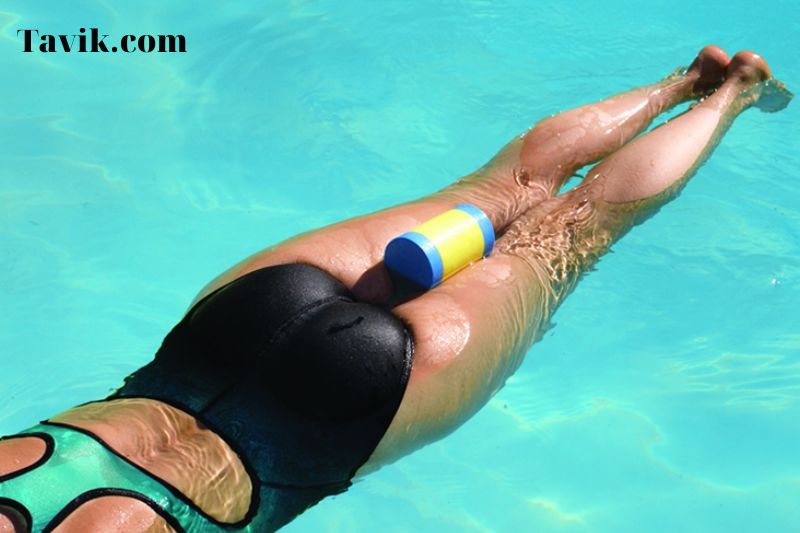 As you swim, pull buoys should be held between your legs. They should be closer to your crotch than your knees. Your legs should be free to move and relax behind you. The pull buoy swimming should be placed between your upper thighs and your hips. This will keep your hips and body flat in the water. It is easier to hold the buoy in place for extended periods. Your legs and hips could become bent if the pull buoy is too close.
As you swim, pull buoys should be held between your legs. They should be closer to your crotch than your knees. Your legs should be free to move and relax behind you. The pull buoy swimming should be placed between your upper thighs and your hips. This will keep your hips and body flat in the water. It is easier to hold the buoy in place for extended periods. Your legs and hips could become bent if the pull buoy is too close.
2. For Improved Buoyancy, Face the Large Side Down
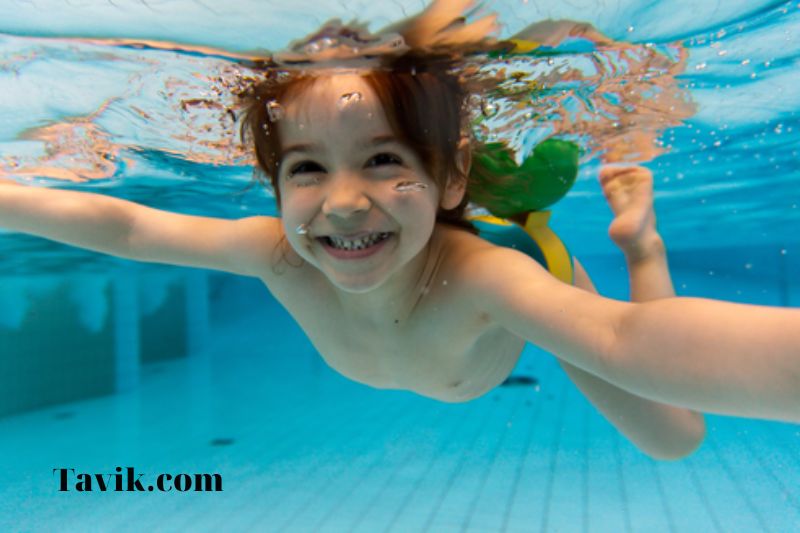 Many pull buoys have a larger end than the smaller one. The large end should be placed under your body and face the bottom of the pool. This will provide more buoyancy under your hips and legs and a stable base for pulling. You can always flip it over if it gives you too much buoyancy.
Many pull buoys have a larger end than the smaller one. The large end should be placed under your body and face the bottom of the pool. This will provide more buoyancy under your hips and legs and a stable base for pulling. You can always flip it over if it gives you too much buoyancy.
3. Adjust Strap Length if Needed
Pull buoys can be equipped with nylon straps to connect two buoys. The strap can be adjusted to ensure the perfect fit. The straps should not touch your thighs. The straps may be too short if the buoys touch and your legs grip the buoys' outside. It would help to choose a length that allows you to keep the buoys between your thighs while swimming.
4. Swap Your Buoy for a New One
You may be uncomfortable swimming with the pull buoys of a particular model. It may be worth trying a different model if you find it not working after multiple attempts. A larger pull buoy may be able to lift your legs and hips if they are sinking. You can also try a smaller version if it is too large to grip comfortably. You can customize your fit by getting a two-piece pull buoy or individual floats to suit your legs. There are many options available to find the right pull buoy for you. https://www.youtube.com/watch?v=ITK0chbKegI
How Can A Swimming Pull Buoy Make You A Better Swimmer?
1. Improved Stroke Technique
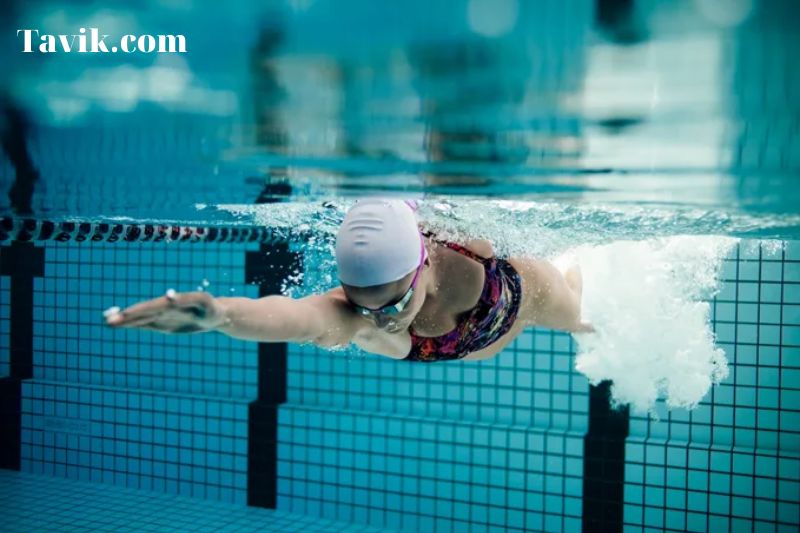 Are you unsure where your stroke technique needs to be improved? A pull buoy is a great way to address it. You don't have to focus on kicks so that you can pay attention to your upper body. Spending more time on your arm technique will make it more natural and improve your swimming performance without the pull buoy.
Are you unsure where your stroke technique needs to be improved? A pull buoy is a great way to address it. You don't have to focus on kicks so that you can pay attention to your upper body. Spending more time on your arm technique will make it more natural and improve your swimming performance without the pull buoy.
2. Improved Upper-Body Strength
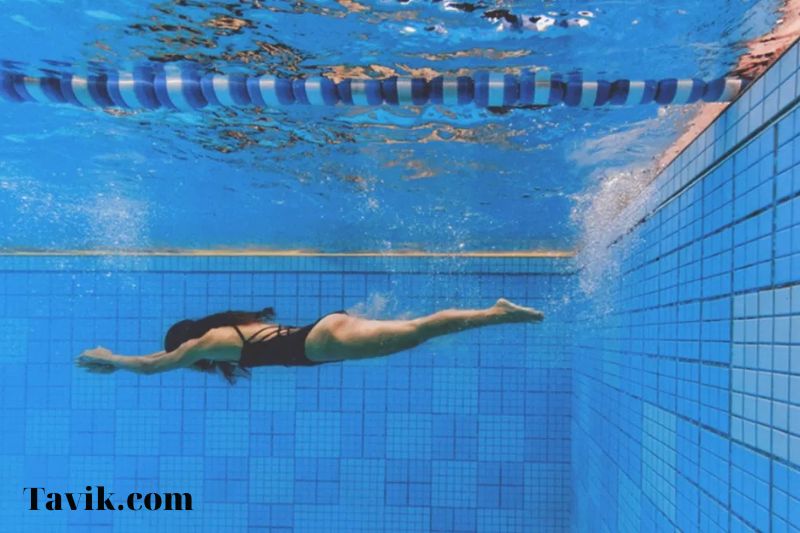 A pull buoy makes it easy to train with. You will only use your upper body for propulsion. Your arms, neck, and upper back will be even more tired if you use your stroke to generate all of your forward power. Soon you'll feel the difference when swimming again without the pull buoy and with the additional propulsion that your kicks provide.
A pull buoy makes it easy to train with. You will only use your upper body for propulsion. Your arms, neck, and upper back will be even more tired if you use your stroke to generate all of your forward power. Soon you'll feel the difference when swimming again without the pull buoy and with the additional propulsion that your kicks provide.
3. Improved Body Position
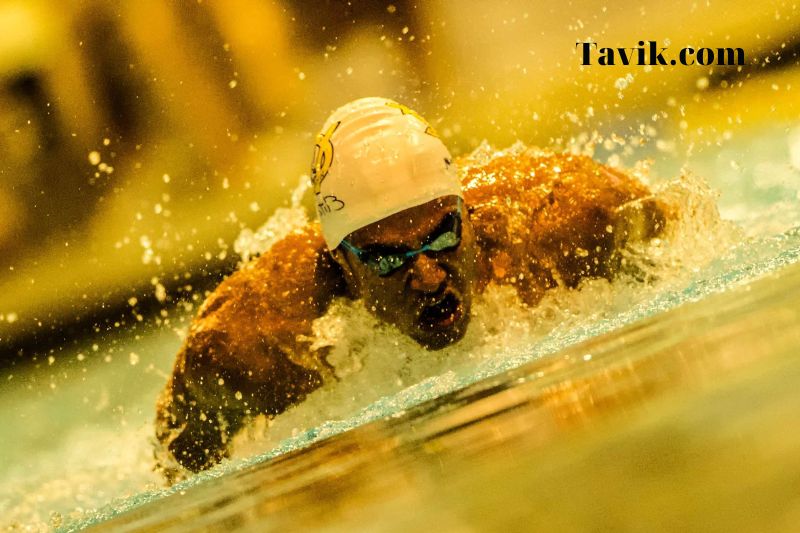 A pull buoy provides buoyancy that will promote a streamlined body position in the water. Drag is reduced when your hips are elevated, and your thighs are raised. A pull buoy can also be added to help reduce body movement. Soon you will feel the "feeling" of a smooth position in the water. This can translate into a faster and more efficient swim.
A pull buoy provides buoyancy that will promote a streamlined body position in the water. Drag is reduced when your hips are elevated, and your thighs are raised. A pull buoy can also be added to help reduce body movement. Soon you will feel the "feeling" of a smooth position in the water. This can translate into a faster and more efficient swim.
4. Improved Breathing Technique
Training with a pull buoy is similar to your arm stroke technique. It can help you focus on your breathing. It would help if you had a perfect breathing technique to produce your best swimming technique. Taking your lower body out of this equation will give you more time to improve your breathing.
Top Tips For Using A Pull Buoy Properly
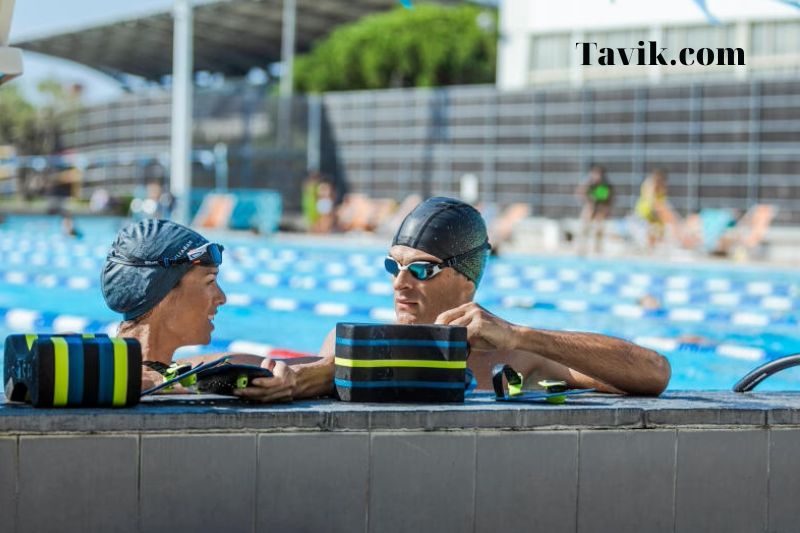
1. Use Your Upper Thighs
Your pull buoy should be between your upper thighs. It should be held just below your crotch. Many swimmers make the mistake of holding the pull buoy lower than their knees. This will make your legs bend and cause your hips to drop. This will increase drag. You can improve your position by placing the pull buoy between your upper legs. If you plan on using the pull buoy during a longer session, it will be easier to keep it in place if it is just below your crotch.
2. Place The Larger End Bellow The Body
Traditional pull buoys are shaped in the figure of eight shapes, but some will have a larger or smaller end. The buoyancy of the larger end is greater, so it should be placed under your body, near the bottom, when you are in a swimming position. This will give you the best buoyancy for your hips, waist, and legs. It will also help you hold a better position while swimming. You can flip the pull buoy around if it gives you too much buoyancy.
FAQ
Do you kick when using a pull buoy?
A pull buoy will lift your lower body, so you don't have to worry about your kick. You can use it to strengthen your upper body. Instead of focusing on the whole swim, focus on your rotations.
Which side of the pull buoy goes up?
Many pull buoys have a larger end than the smaller one. The large end should be placed under your body and face the bottom of the pool. This will provide more buoyancy under your hips and legs and a stable base for pulling. You can always flip it over if it gives you too much buoyancy.
Can swimming burn belly fat?
Regular swimming does not target abdominal fat. It burns all excess fat your body has stored for energy. This applies regardless of whether it is in your stomach, hips, or other areas of your body.
Why do I swim slower with a pull buoy?
You may notice a slower swimming speed when you use a pull buoy. This is likely to be due to your leg kick. Swimming in elite pools can expect up to 15% propulsion from their leg kick, especially when sprinting.
Conclusion
A swimming pull buoy is an aid used to help swimmers maintain a proper body position in the water. It is especially helpful for those who are new to swimming or those who are working on their swimming technique. The pull buoy is placed between the legs and helps keep the body in a vertical position. This allows the swimmer to focus on their stroke and not on fighting the natural buoyancy of the water. You can read more about Bad Things About Swimming
